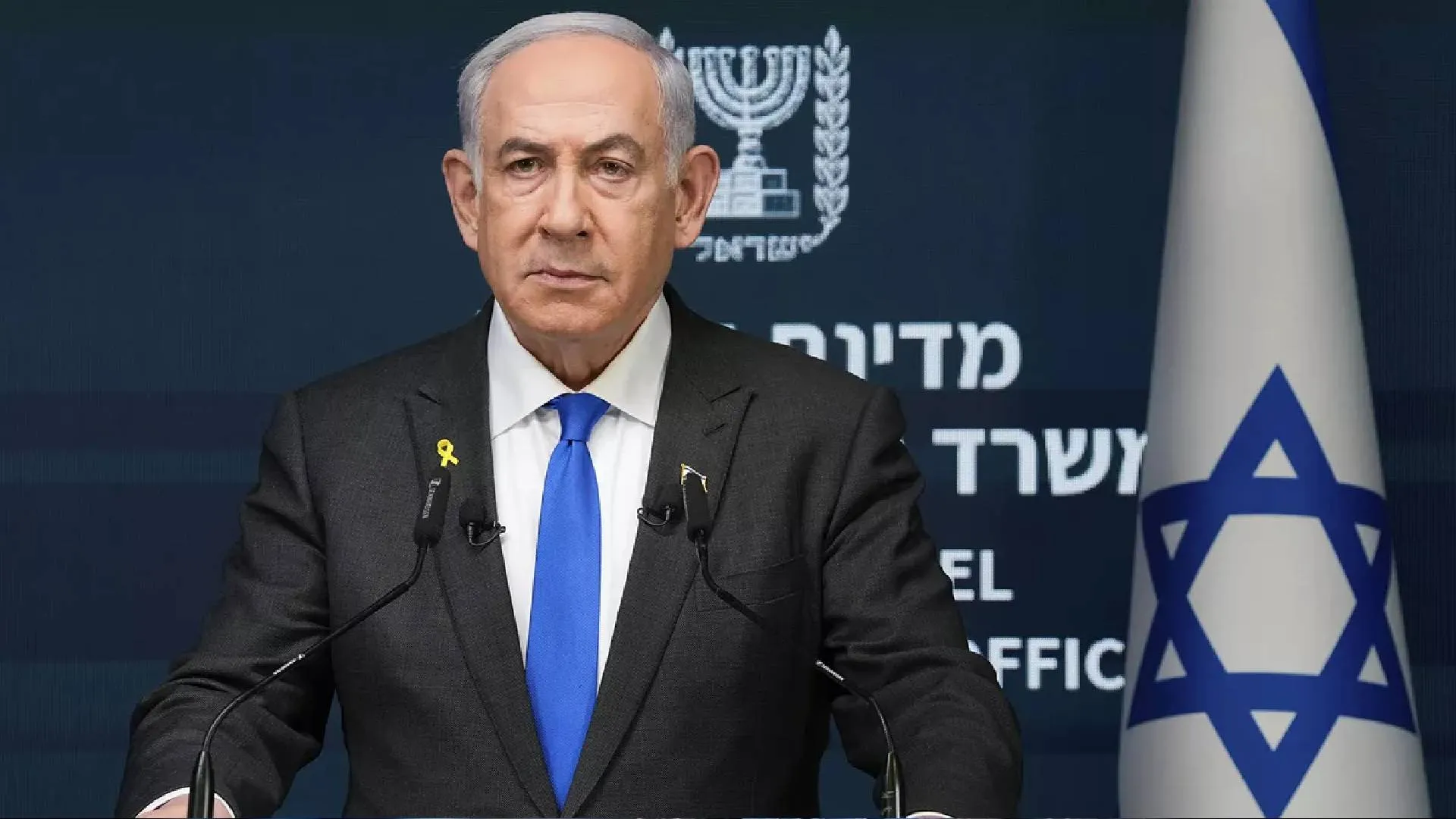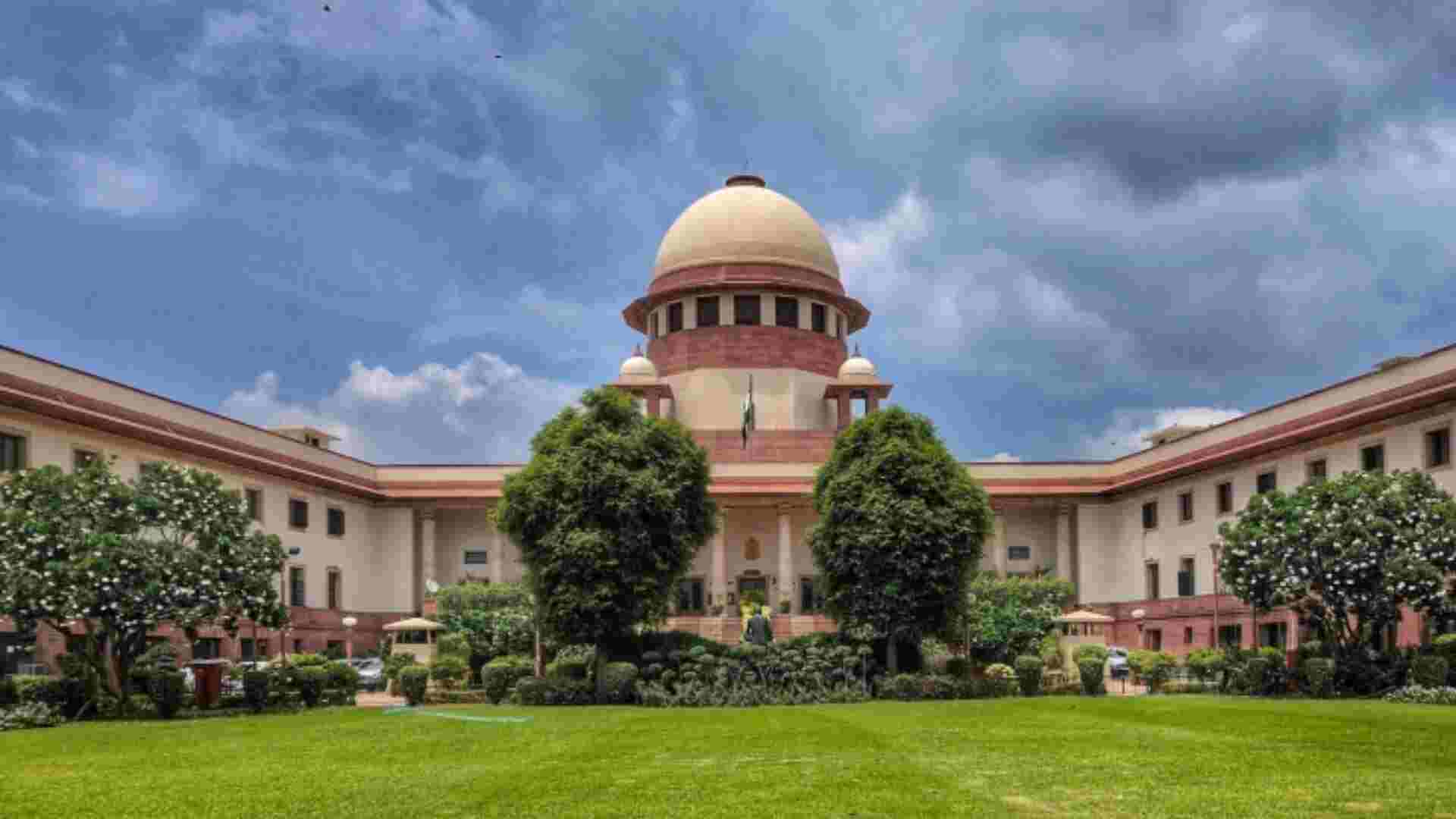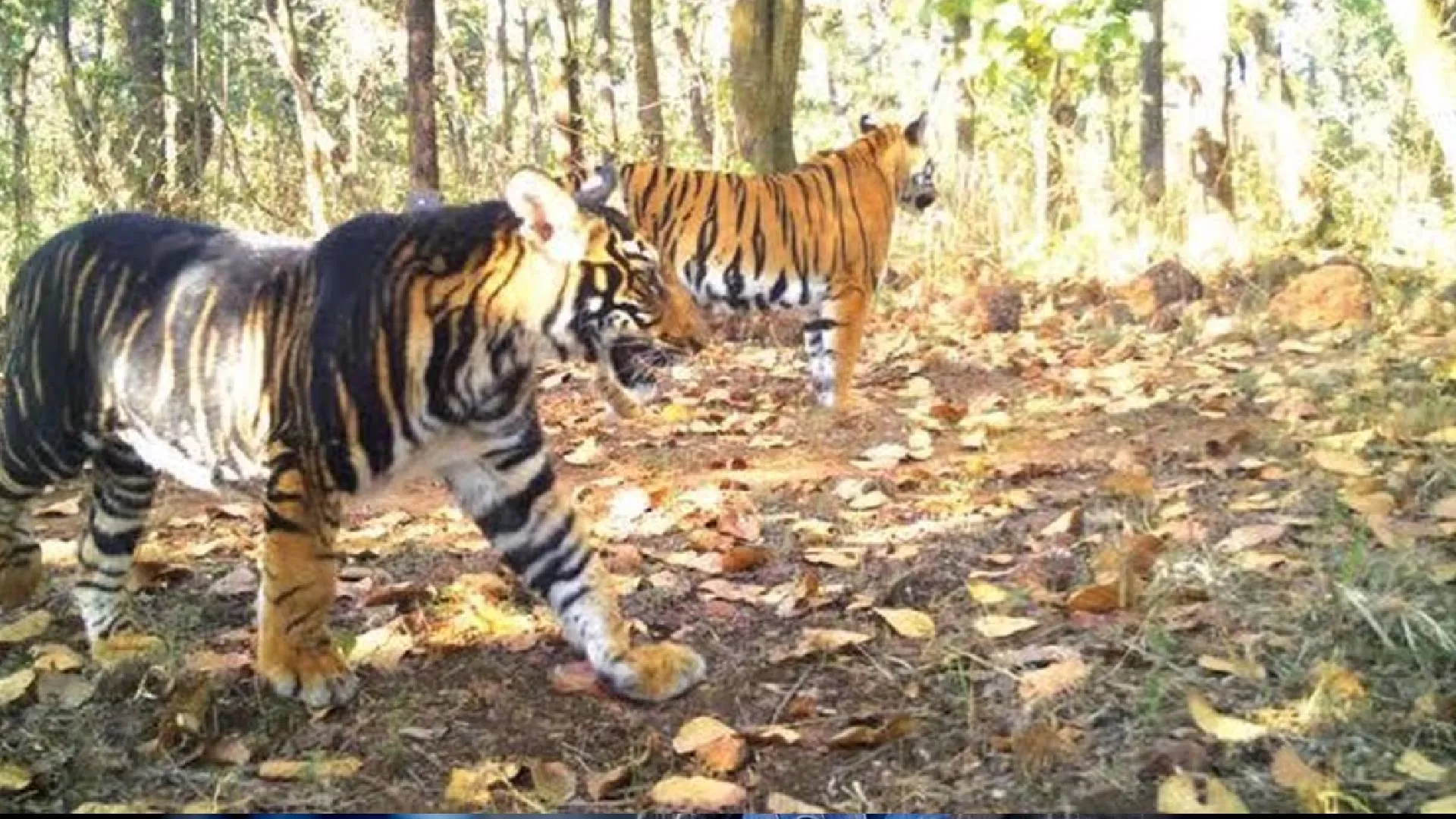In Telangana’s political arena, there is an intriguing development where individuals with backgrounds in Naxalism have carved out a place for themselves. This is not entirely surprising, given the state’s history of left-wing extremism, particularly the influence once held by the People’s War Group in North Telangana.
Two notable figures with such backgrounds are Congress’ Danasari Anasuya, also known as Seethakka, and Bade Nagajyoti, who represent the ruling BRS party and are both running in elections. Their presence challenges the long-held belief by far-left ideologues that political power can only be achieved through armed struggle.
Seethakka, a former commander of the Chandra Pulla Reddy faction of the CPI (ML) who once embraced Naxalism, surrendered and transitioned into mainstream politics. She successfully entered the state assembly as a TDP candidate in 2009 and later, after switching to the Congress, won the 2018 state elections in the same constituency.
Seethakka is known for her relatable image and effective use of social media to stay connected with her constituents. Her continued loyalty to the Congress has posed a challenge to the influence of Telangana’s Chief Minister K. Chandrasekhar Rao.
In response, KCR has nominated Nagajyoti, a young woman with strong family ties to Maoism. Her father was a commander of the CPI (Maoist), and her mother was also associated with the movement. This electoral contest between Seethakka and Nagajyoti mirrors the changing demographics of the Mulugu constituency, where OBCs now outnumber Adivasis and Scheduled Castes.
This trend goes beyond these two candidates, as several former militants from various Naxal groups have entered politics through the TRS/BRS-led statehood movement. Notably, Etela Rajender transitioned from the far-left to the political centre through TRS and later joined the BJP.
The influence of the People’s War Group and other Naxal factions once extended across North Telangana, essentially operating as a parallel government. However, these left-wing extremists faced a severe crackdown in 2004, and Telangana, under KCR’s leadership, has largely eradicated Naxal activity, despite Naxal factions initially supporting the statehood movement.
Those who remained involved in left-wing activism have faced challenges. Some leaders, like Prof Kodandaram, labelled as “Naxal sympathizers,” struggled to gain traction in mainstream politics. Activists who stayed away from mainstream politics continue to face suspicion, and some have encountered legal issues under anti-terrorism laws.






















